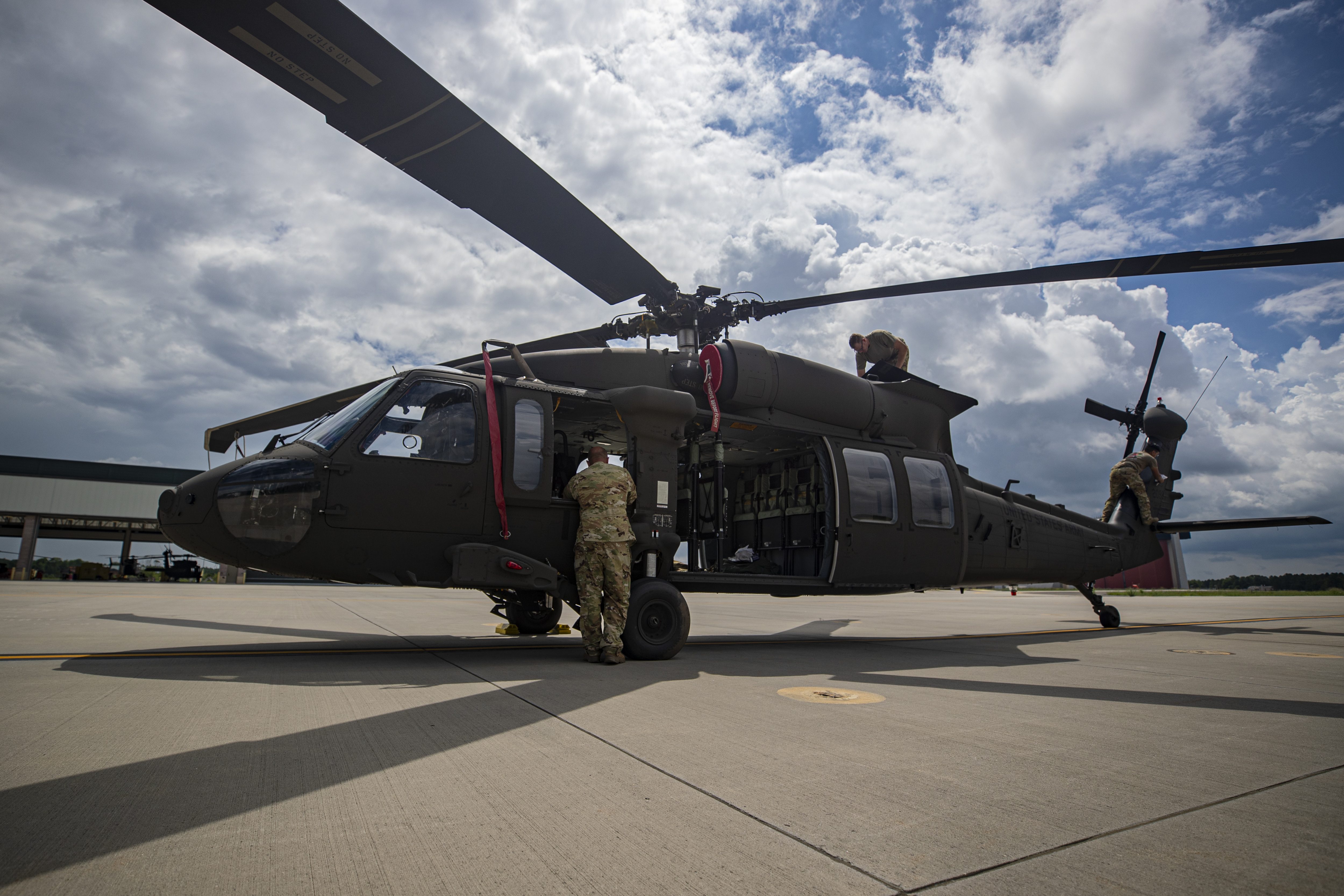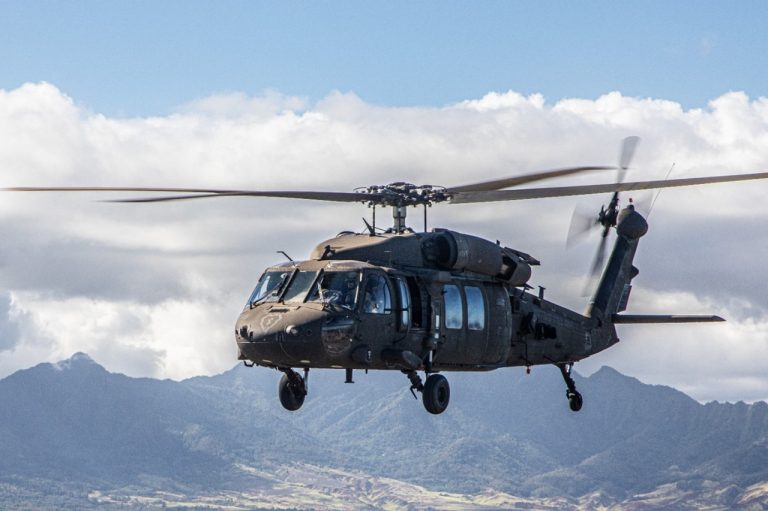UH 60 Black Hawk: Army Helicopter Functions and Capabilities
A Comprehensive Overview to the Maintenance and Care of Airplane for Long Life
The longevity of an aircraft hinges dramatically on its maintenance and treatment, demanding an organized strategy to ensure optimum performance and safety and security. Routine evaluations, coupled with a systematic maintenance program, work as critical parts in recognizing prospective concerns before they escalate. The problem of the aircraft's interior and adherence to governing requirements play essential roles in protecting its worth. Yet, recognizing the ins and outs of these methods can be intricate; therefore, it is important to explore the important elements that contribute to effective aircraft treatment and the implications of neglecting these obligations.
Relevance of Routine Upkeep
Routine upkeep is essential for the security, performance, and longevity of airplane. A systematic method to maintenance guarantees that all components operate ideally, thereby decreasing the threat of mechanical failing throughout procedure. Normal examinations and maintenance enable professionals to identify potential problems prior to they escalate into considerable problems, making certain that the aircraft continues to be in compliance with aeronautics regulations.
Additionally, preserving an aircraft according to the manufacturer's guidelines is vital for preserving its value. A well-documented upkeep history can boost resale prospects and instill self-confidence in potential purchasers. Furthermore, routine maintenance adds to operational performance, as it assists to optimize gas usage and efficiency metrics, resulting in cost financial savings in time.
Furthermore, routine maintenance adds to the general safety and security of trip procedures (uh 60). By resolving wear and tear quickly, operators can minimize dangers related to aging airplane systems. This proactive approach not only protects the lives of guests and team yet likewise safeguards the airplane itself versus tragic failures

Daily Examination List
Just how can pilots and maintenance crews ensure the aircraft remains in ideal condition before each trip? The response hinges on a complete day-to-day inspection list, which serves as an essential procedure to determine potential issues that might compromise safety and security and efficiency. This checklist must incorporate a number of vital areas, consisting of exterior and interior evaluations, in addition to useful checks of essential systems.
Starting with the exterior, teams should evaluate the airframe for any type of visible damage, leakages, or indications of rust. Interest needs to be paid to control surfaces, landing equipment, and the condition of tires. Transferring to the inside, the team should verify that all controls and instruments are operational, making certain that digital systems are working correctly.

In addition to architectural checks, it is important to check gas degrees and verify that all needed records, consisting of registration and weight and equilibrium information, are up to day. Lastly, an evaluation of emergency devices, including life vests and fire extinguishers, have to be performed to make sure compliance with safety laws. By faithfully following this daily evaluation list, pilots and upkeep teams can substantially enhance the security and integrity of their airplane.
Scheduled Upkeep Programs
Scheduled maintenance programs are necessary for the long-lasting safety and effectiveness of aircraft procedures. These programs are created to ensure that all aircraft components go through regular assessments, upkeep, and necessary repair work at predetermined intervals. By adhering to a structured maintenance schedule, drivers can dramatically decrease the threat of in-flight failures, enhance airplane integrity, and expand the life expectancy of essential parts.
Generally, arranged upkeep is categorized into numerous levels, including A, C, d, and b checks, each with distinct demands and thoroughness. A checks are usually extra constant and concentrate on basic visual examinations and minor repair work, while D checks are a lot more extensive and occur much less regularly, including extensive disassembly and overhaul of the aircraft.
Governing bodies, such as the FAA and EASA, mandate conformity with details maintenance timetables based upon aircraft type and usage. Operators should keep thorough documents of all upkeep executed to show conformity and assist in evaluations. The integration of predictive upkeep technologies can even more enhance the performance of scheduled programs by determining possible issues before they intensify, therefore ensuring that airplane remain in optimum condition and prepared for risk-free procedures.
Care for Aircraft Interiors
Taking care of airplane interiors is essential not just for guest convenience however likewise for maintaining the total value and safety and security of the aircraft. Routine cleansing and maintenance of the indoor elements click here now contribute substantially to a positive flying experience while protecting the aircraft's visual appeal.
To ensure optimum care, it is important to establish a routine cleansing timetable that consists of vacuuming carpetings, cleaning down surface areas, and sanitizing high-touch areas. Upholstery and seats ought to be examined for deterioration, with any type of damage promptly addressed to stop further wear and tear. Additionally, interest needs to be offered to the galley and lavatory areas, which call for comprehensive cleaning and restocking of supplies to maintain hygiene.
Moreover, using suitable cleaner is essential; rough chemicals can harm materials and surfaces, so it is advisable to utilize items read this post here specifically developed for airplane insides. Routine assessments must additionally be performed to identify any upkeep requires, such as replacing damaged seat covers or fixing home window tones. By focusing on the treatment of airplane insides, operators can improve the total traveler experience and secure the investment in their airplane.
Understanding Regulative Compliance
Governing compliance is a necessary aspect of aircraft upkeep, commonly requiring drivers to abide by a complicated framework of neighborhood, nationwide, and international standards. This structure is primarily developed by aeronautics regulative bodies such as the Federal Aviation Management (FAA) in the United States and the European Union Air Travel Security Firm (EASA) in Europe - uh 60. These organizations state regulations that govern different elements of airplane upkeep, consisting of airworthiness, security protocols, and functional treatments

Furthermore, operators need to remain informed concerning modifications in policies and participate in training programs to ensure that their team is knowledgeable about compliance demands. Failure to abide with these policies can lead to extreme penalties, including fines, grounding of airplane, or loss of certification. Understanding and adhering to regulative compliance is paramount for the durability and safety and security of airplane procedures.
Verdict
In conclusion, the maintenance and treatment of aircraft are paramount for ensuring long life, security, and functional effectiveness. Focus to the aircraft's inside and compliance with governing criteria substantially contribute to maintaining its worth.
The longevity of an aircraft pivots dramatically on its maintenance and care, requiring check my source an organized method to guarantee optimum efficiency and security. By faithfully following this everyday inspection list, pilots and upkeep crews can dramatically boost the security and integrity of their aircraft.
These programs are designed to make certain that all aircraft elements go through regular evaluations, maintenance, and necessary repair work at fixed periods. By prioritizing the treatment of airplane interiors, operators can improve the overall guest experience and safeguard the investment in their aircraft.
In final thought, the upkeep and care of airplane are critical for ensuring long life, security, and functional effectiveness.